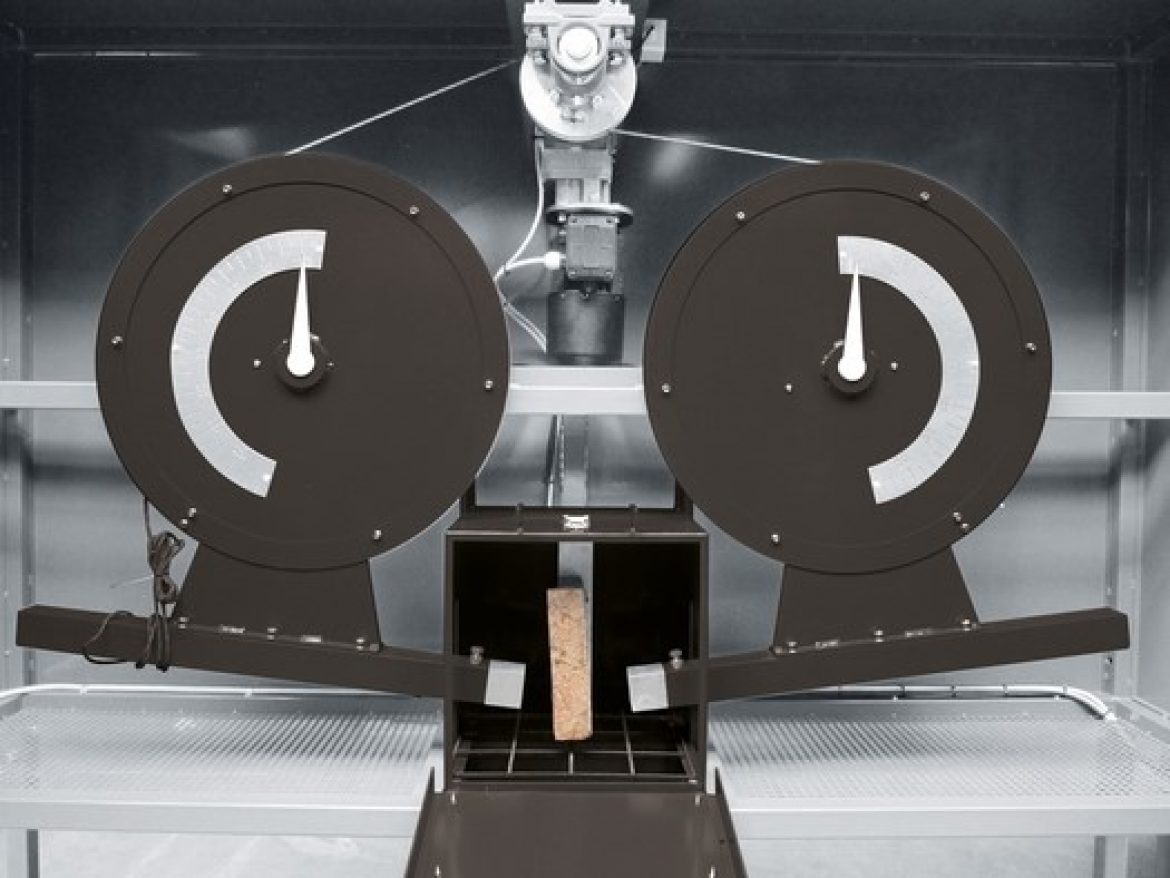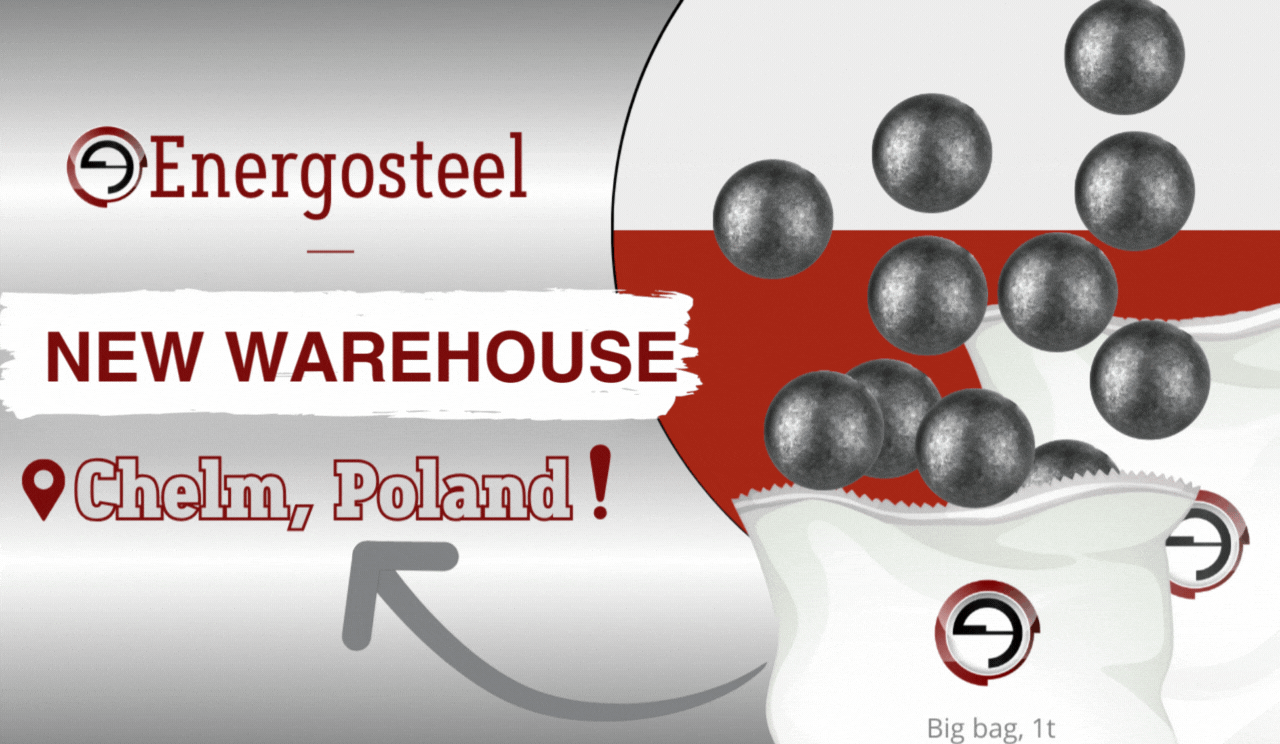The F. Bond Pendulum crusher
Carring on with a theme that we’ve already touched in the previous publication, we will consider the methodology of the F. Bond index calculating. As you know, there are three calculation methods. The method selection depends on the crushing/grinding stage (the power size and the necessary finished class).
The crushing work index (CWi) is an indicator characterizing the energy amount (kW * h / t) needed to destroy single pieces of material with a relatively large size range (-75 + 50mm). The impact on such material generally is provided by using impact energy (crushing process), that is formed by collision of two oncoming pendulums. The difficulty in calculating the CWi index is that each single piece of material (depending on its size) has its own specific fracture energy index. Therefore, the general index CWi is no more than the average of separately calculated indices. The greater number of destroyed pieces of material, the more accurate the final calculations. Calculations are made for 20-30 pieces generally. The piece sizes are included in the previously indicated range.

where n – is the number of test samples (not less than 20 pcs.).
The formula for calculating the CWi index for each single piece of material is as follows:

where k is a constant coefficient (≈97.4), depends on the installation calibration;
β – the inclination angle of the pendulums relative to the vertical position under which the material destruction occurred (deg.)
L – is the sample thickness at the trajectory direction of the pendulums impact (mm);
Ρ – is the density of the sample material (g/cm3).
Thus, it is possible accurately to assess the strength of the crushed material relative to the impact under laboratory conditions. Based this assessments, the engine power calculation and the size (capacity) of an industrial crusher are provided.







